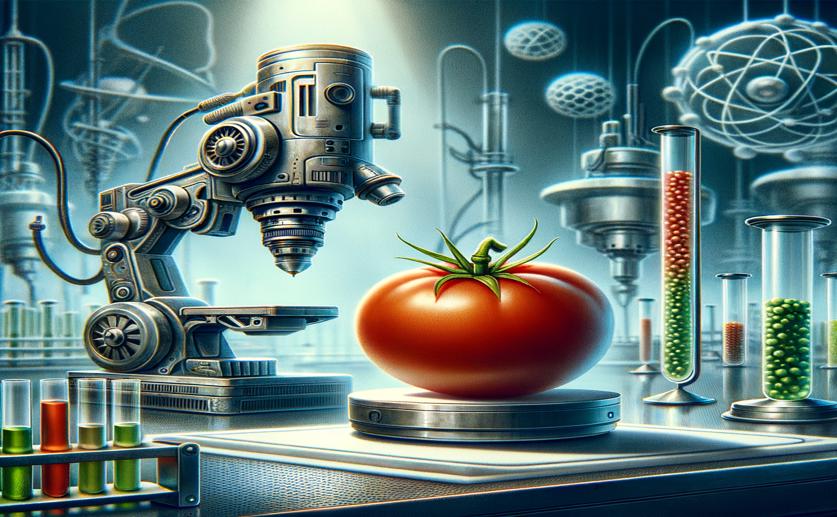
Creating Genetically Modified Tomatoes with Particle Guns
Jim Crocker
30th March, 2024

Image Source: Natural Science News, 2024
Key Findings
- Scientists developed a method to genetically modify tomato chloroplasts, aiming for better crop traits
- The technique could lead to tomatoes with disease resistance, higher nutrition, or stress tolerance
- The study overcame challenges to isolate cells with a mix of modified and normal chloroplasts
References
Main Study
1) Chloroplast transformation in new cultivars of tomato through particle bombardment.
Published 28th March, 2024
https://doi.org/10.1007/s13205-024-03954-3
Related Studies
2) Chloroplast transformation of rapeseed (Brassica napus) by particle bombardment of cotyledons.
3) Plastid transformation in soybean.
4) Construction of transplastomic lettuce (Lactuca sativa) dominantly producing astaxanthin fatty acid esters and detailed chemical analysis of generated carotenoids.



 19th March, 2024 | Jim Crocker
19th March, 2024 | Jim Crocker